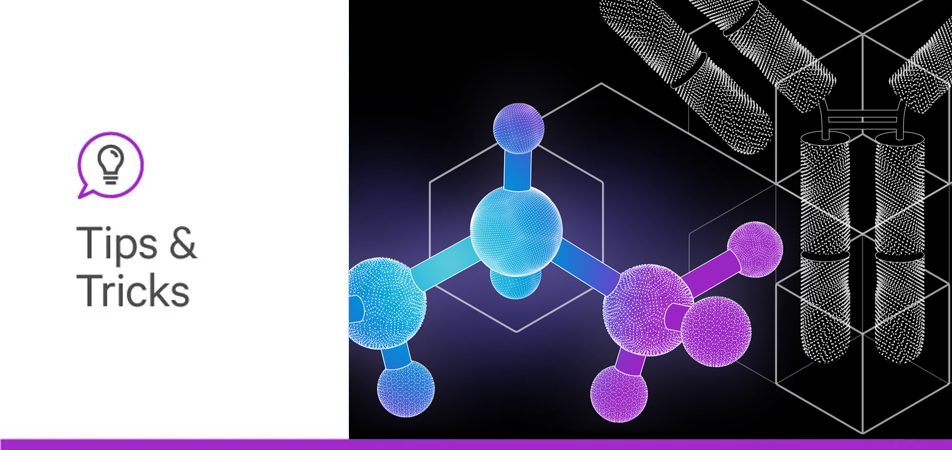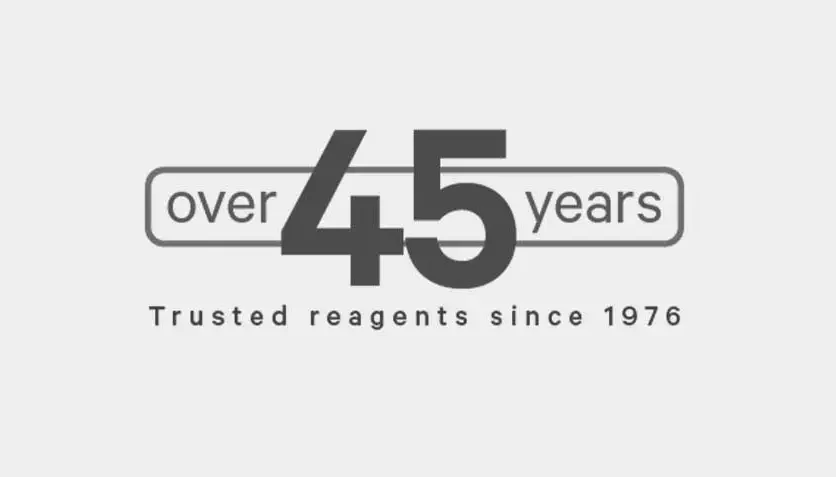

Antibodies are the epitome of simple yet powerful science tools. Made of just 4 peptides, they never cease to help scientists unravel the intricacies of the microscopic world. Antibodies often work in pairs, and if experiments were concerts, primary antibodies would be the main attraction and secondary antibodies the production details—light and color—that make the experience unforgettable.
Secondary antibodies are designed to recognize the host species of primary antibodies already bound to target proteins. While an investigator could choose a primary antibody that detects the antigen and has a detectable tag, using secondary antibodies enhances visualization, improves signal amplification, and enables multiplexing.
Keep reading to dive deep into the different applications of secondary antibodies in research.
After primary antibodies bind to the protein of interest, researchers can use various types of secondary antibodies to visualize the antigen-antibody combo. Secondary antibodies designed for immunohistochemistry (IHC) applications are conjugated to a reporter enzyme—alkaline phosphatase (AP) or horseradish peroxidase (HRP)—that metabolizes a substrate yielding a colorful substrate. Vector Laboratories provides secondary antibodies linked to either AP or HPR and offers 13 substrates for HRP and 5 substrates for AP in 9 different colors, allowing maximum flexibility in antigen visualization. If you need help selecting the appropriate secondary antibody for your experiment, check out this choosing secondary antibodies blog post highlighting the factors you should consider in the decision-making process.
Secondary antibodies also play a crucial role in enhancing the visualization of target proteins in immunofluorescence (IF) experiments. In this case, secondary antibodies are conjugated with fluorophores, molecules that re-emit light upon excitation. Different fluorophores exhibit sensitivity to different wavelengths of light, generating signals in specific colors. Vector Laboratories offers a range of secondary antibodies linked to fluorophores that emit light across the blue, green, red, and far red regions of the spectrum. Learn about the factors influencing your choice of secondary antibodies for IF before selecting the ideal probe for your experiment.
The array of probe colors available for IHC and IF experiments opens the door to experiments targeting multiple antigens. Known as multiplexing, this approach empowers researchers to gather data on numerous target proteins—all while conserving precious specimens. Investigators can also use multiplexing to simplify the visualization and analysis of experiments assessing the proximity and physical interaction between different molecules.
However, issues like cross-reactivity between antibodies and detection reagents can make it challenging to successfully run multiplexing experiments. In those cases, researchers can use the VectaPlex™ Antibody Removal Kit (VRK-1000) to strip bound antibodies away and perform multiple rounds of labeling. This kit gently removes non-covalently bound reagents from formalin-fixed paraffin-embedded (FFPE) tissue sections in IF experiments while preserving the integrity and morphology of the specimen.
Back to the comparison with a live concert: Seeing your favorite artist sing and play in a packed arena without sound amplification doesn’t seem like a memorable experience. The artist’s talent remains unchanged, but the inability to hear the performance makes the experience lifeless. In the same way, primary antibodies can have high sensitivity to bind to low-abundance proteins. But without proper signal amplification, the final staining would be too faint and hard to visualize. This is where secondary antibodies come into the spotlight, amplifying the signal and transforming the faint into the vivid.
Detection systems for IHC experiments employ avidin-biotin or other polymers to attract more AP and HRP enzymes to the secondary antibodies. This approach ensures a potent final signal even when the protein of interest is sparsely expressed.
Similarly, weak signals in IF experiments benefit from tyramide signal amplification. This technique uses HRP-conjugated secondary antibodies and tyramide reagents to create a stronger fluorescence signal. HRP converts fluorophore tyramides into reactive fluorophores that bind to adjacent tyrosine residues, resulting in localized deposition of fluorescent molecules. Tyramide signal amplification increases the staining sensitivity by 3–4X compared to a fluorophore-conjugated secondary antibody.
Secondary antibodies bring many advantages to IF and IHC workflows. They reduce the chances of cross-reactivity and are cost-saving alternatives to using primary antibodies conjugated to reporter enzymes and fluorophores. In addition, they serve as versatile signal-amplification tools for applications involving chromogens and fluorophores, enhancing assay sensitivity and specificity.
Check out other resources in the SpeakEasy Science Blog to learn more strategies to improve your workflow. Download the IF Resource Guide and IHC Resource Guide to find out new approaches to optimize your experiments.





Stay in the Loop. Join Our Online Community
Products
Ordering
About Us
Application
Resources

©Vector Laboratories, Inc. 2025 All Rights Reserved.
To provide the best experiences, we use technologies like cookies to store and/or access device information. Consenting to these technologies will allow us to process data such as browsing behavior or unique IDs on this site. Not consenting or withdrawing consent, may adversely affect certain features and functions. Privacy Statement